No one is one hundred precent sure of how or when the kora came into being. Strangely, the first person to ever mention it was a Scotsman by the name of Mungo Park, who wrote about it in his Travels In the Interior Districts of Africa, published in 1799. Park was commissioned by Sir Joseph Bank and the African Association in London to explore the Niger River and determine its source, its direction of flow and its potential usefulness to the British realm. His adventures were extraordinary, even mildly insane, and his account of the life and culture of the people of the Gambia and Niger river regions, offer unique and precious historical insights.
“I have now to add a list of their music instruments,” Park wrote, “the principal of which are – the koonting, a sort of guitar with three strings; the korro, a large harp with eighteen strings; the simbing, a small harp with seven strings; the balafou, an instrument composed of twenty pieces of hard wood of different lengths, with the shells of gourds hung underneath to increase the sound;…” The list goes on.
The uniqueness and value of Park’s account derives partly from the fact that he was the first white European to cast his eyes on whole swathes of land that are deep in the West African interior (and the first be able to confirm that the Niger River flowed west to east, thus resolving a geographical dispute that had lasted a century or more); and also partly to the fact that his was the first written portrayal of those lands. Africa, of course, has its own historians; but until recently, they carried their histories around in their heads, never on paper, transmitting them only in long spoken or sung epics that travelled no further than the ears of the audience seated in front of them. Their accounts are equal, if not, greater in value than Park’s. Their concept of history is also quite different. To them, history is not a fixed and rigid thing, an ultimate truth to be revealed slowly with painstaking research, but rather a story, a tale, that is constantly fed by family and clan imperatives, by the need to praise great men, by the vagaries of collective memory and the slow maturing of myths and legends.
In the collective mental archive of all these oral historians, the circumstances of the kora’s birth are richly varied. Some say that the instrument dates back to the 13th century and was invented by the great and powerful king Sumaoro Kante, the man who was beaten at the battle of Krinia in 1235 by the greatest warrior and ruler West Africa has ever known: Sundjata Keita. Others say that it was Koriyang Musa, Sundjata Keita’s personal griot or bard who invented the instrument.
Others, like the modern Gambian griot Bamba Suso, whose version of the great Sundjata epic was transcribed and subsequently published by Penguin Classics in the 1970s, thereby becoming a kind of ‘fixed’ standard version of the story, also attributes the advent of the kora to Koriyang Musa, but with an important twist.
Here are some of the opening lines of Bamba Suso’s oration:
This tune that I am now playing
I learned it from my father,
And he learned it from my grandfather.
Our grandfather’s name – Koriyang Musa.
That Koriyang Musa
Went to Sanimentereng and spent a week there;
He met the jinns, and brought back a kora.
The very first kora.
Let’s set aside the conundrum that if Koriyang Musa was really Bamba Suso’s grandfather, then he must have lived in the 20th rather than the 13th century! What’s important here is Bamba Suso’s conviction that the kora was given to mankind by the djinns; in other words, the spirits. On that ‘fact’, almost all of west Africa’s oral historians agree.
It makes sense. The best music always comes from the other side. The kora may be a manmade tool but it’s more than a spade, a hoe or an axe. Humans can channel their soul, all their feeling and their awareness of every immaterial force that governs their lives through the strings of a kora. In other words, to put it more poetically, with a kora they can commune with both their own and other spirits, especially those of nature. All music is a gift of the spirit for the spirit by the spirit. Depending on your degree of monotheism, the same could be said of the spirits plural. Yes, the spirits gave the kora to men and women and you only need allow a little poetry and metaphor into your world to understand that and accept it as fact.
The most common kora-birth story goes like something like this: A man called Jali Mady Wuleng – Jali Mady ‘The Red’ – was walking through the bush one day. Griots tended to travel a great deal, because part of their job was to fulfil ‘missions’ for their patrons or masters, often involving longs journeys to other cities and lands to solve all manner of contentious issues and disputes. Whilst walking on his own, Jali Mady heard this wonderful motion-stopping music and, looking round about him, found a spirit sitting in a hollowed out tree playing an instrument he’d never seen before. It looked a bit like the various harps that already existed in Manding society – the three-stringed bolon, or the seven-stringed simbin – but it was much larger, grander and more sophisticated than any of those, and it had twenty-two strings in all. Jali Mady used his considerable bardic skills to persuade the djinn to part with his kora, which it eventually did. And so the kora came to mankind.
(c) Andy Morgan 2013.
Extract taken from ‘Finding The One: The strange and Parallel Lives of the West African Kora and the Welsh Harp’ (Theatr Mwldan / Astar Artes 2013)
Available from:

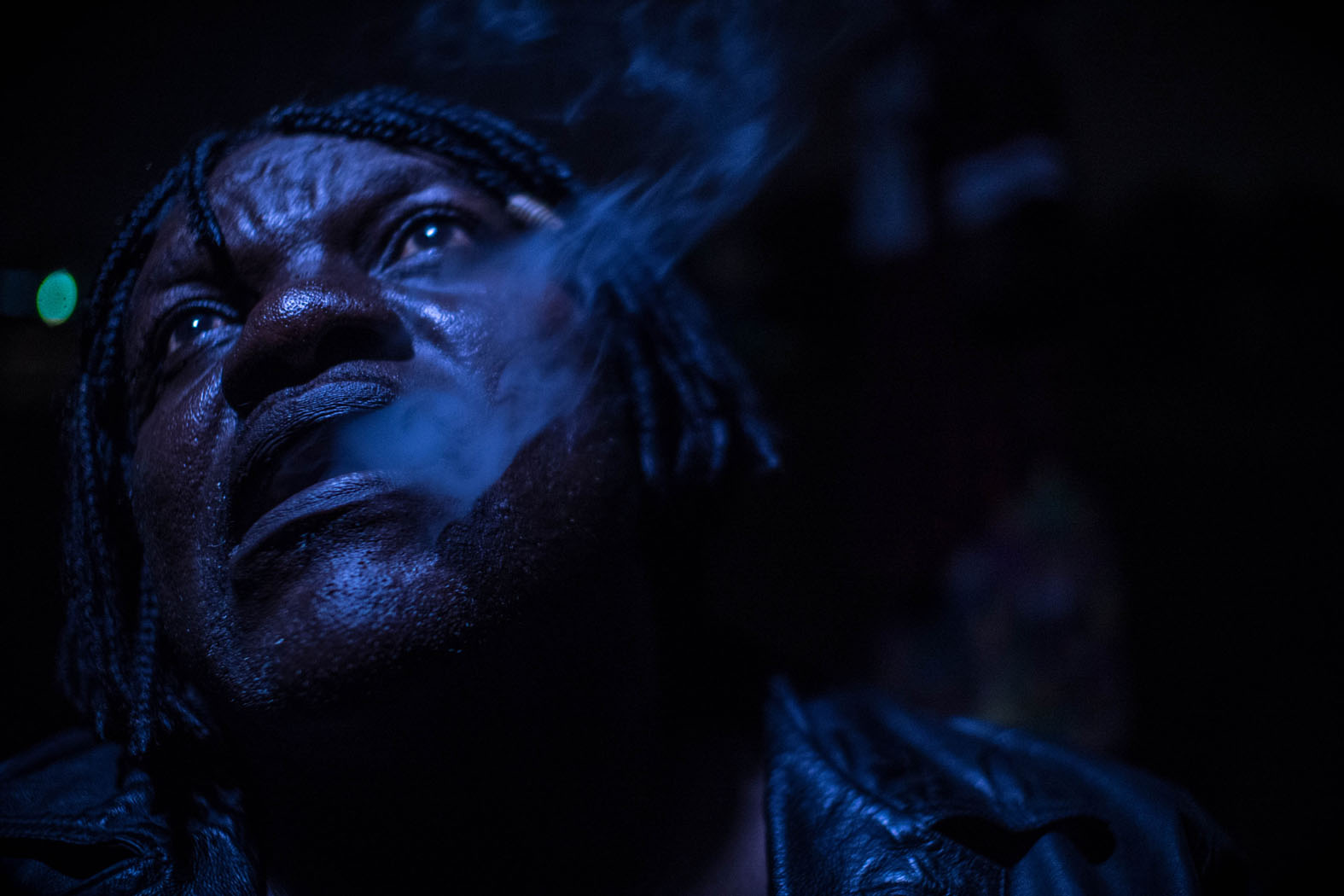
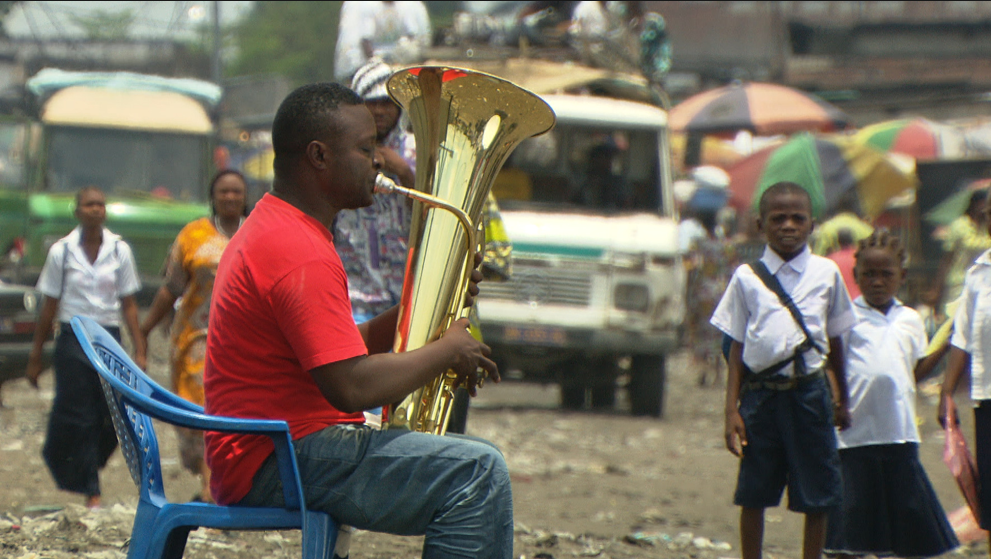

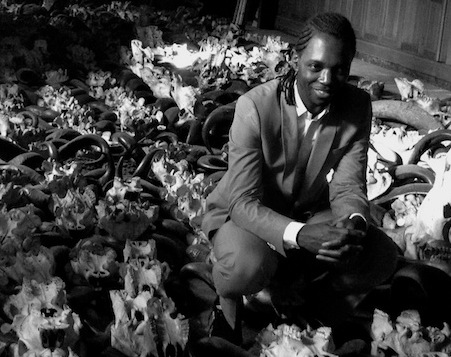
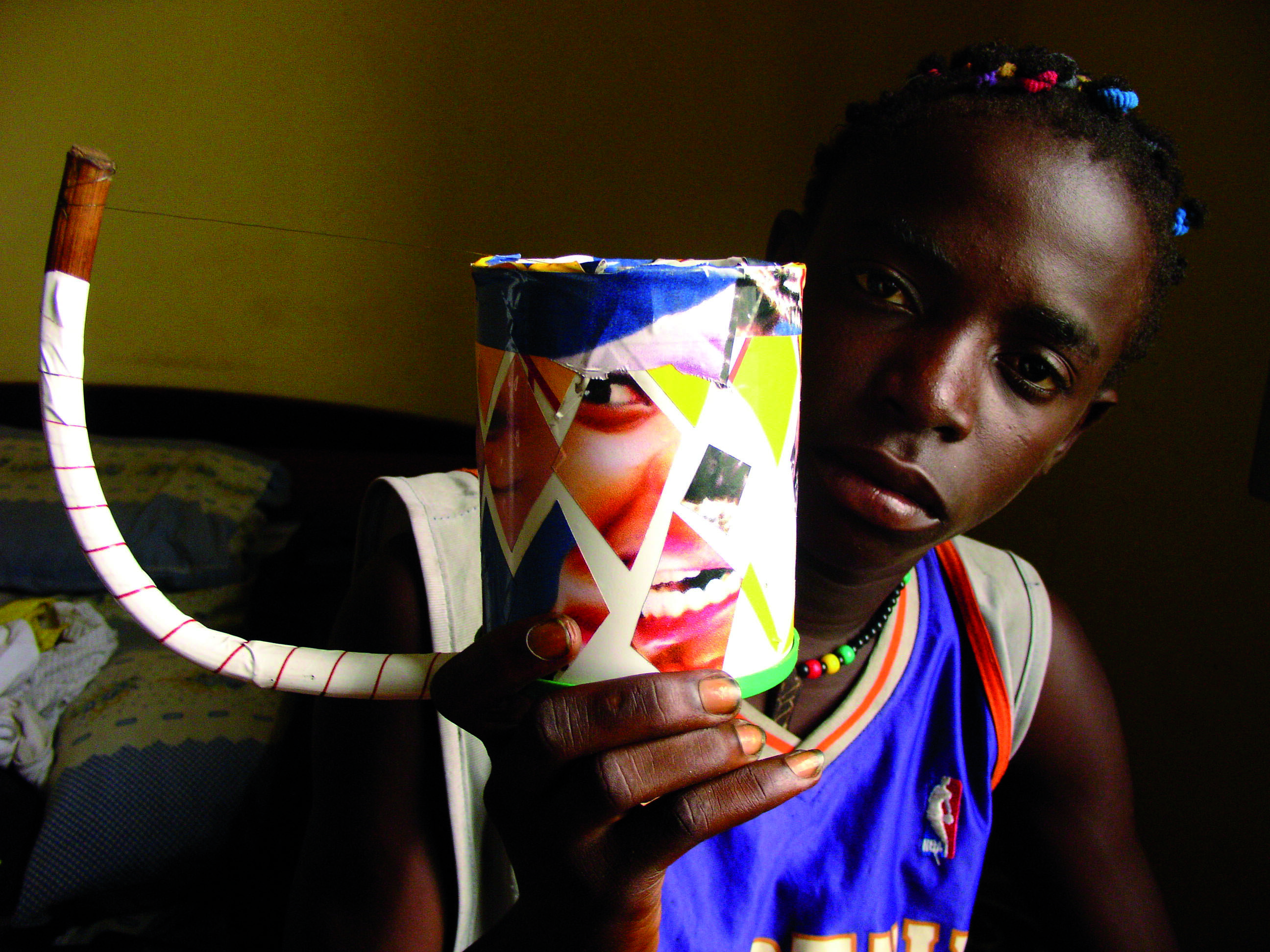
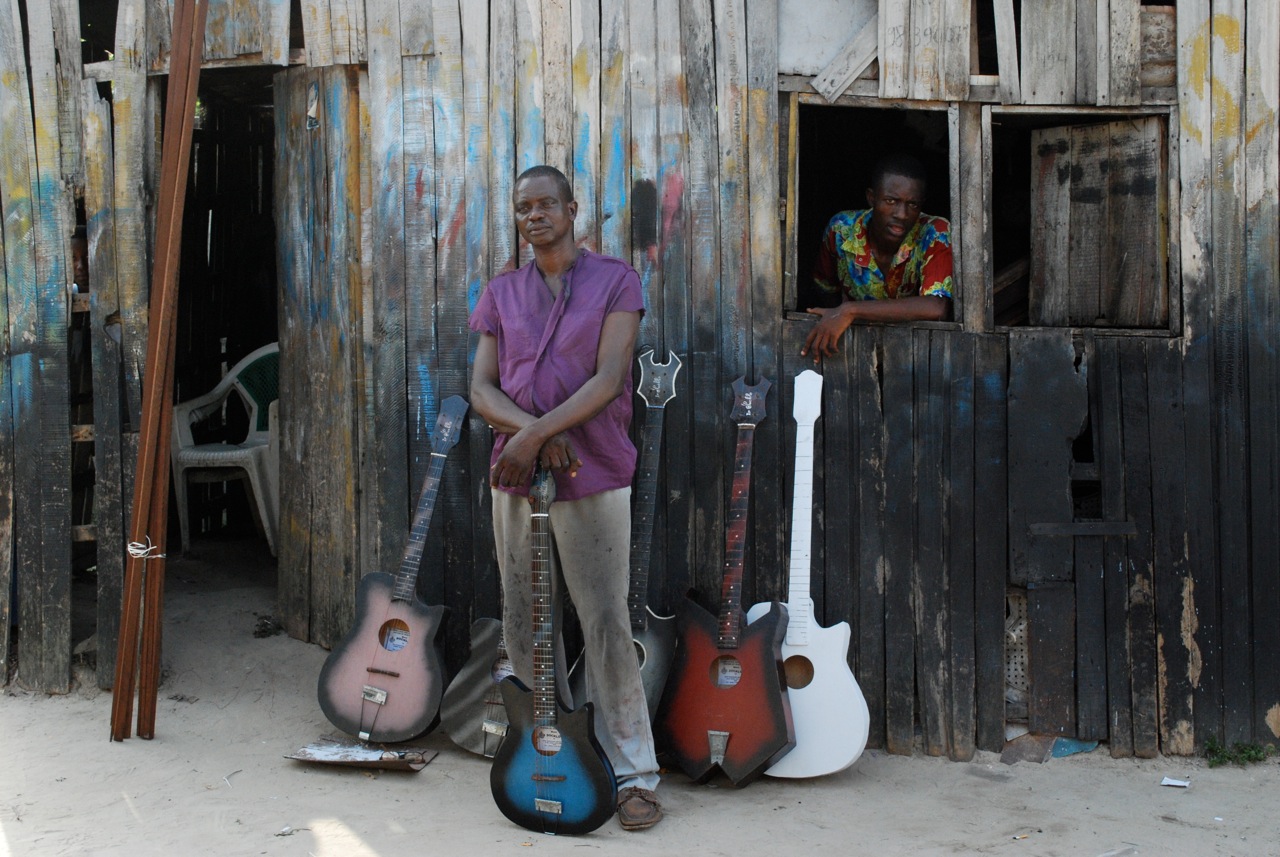
2 comments for “FINDING THE ONE (extract) – How the kora came to mankind”